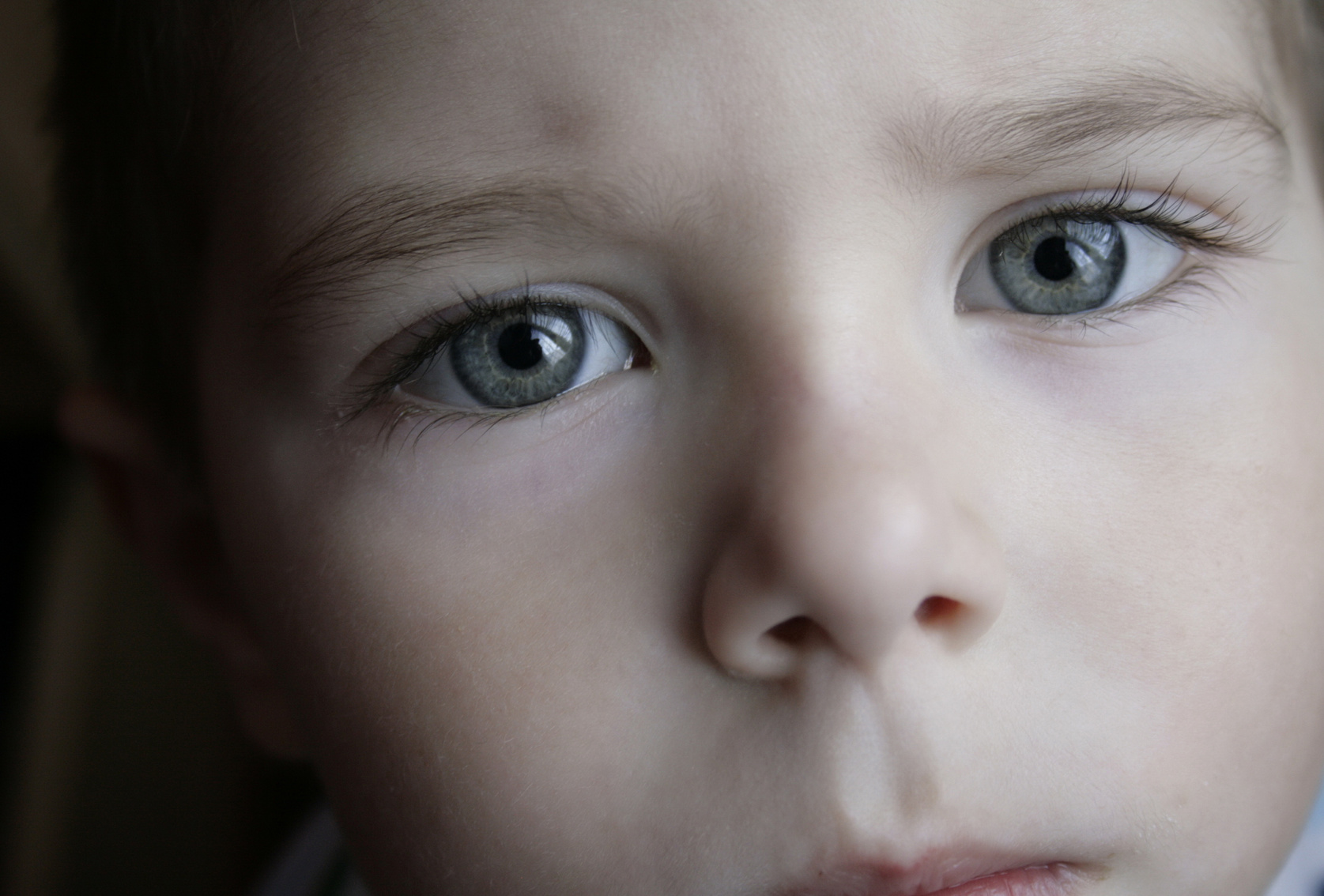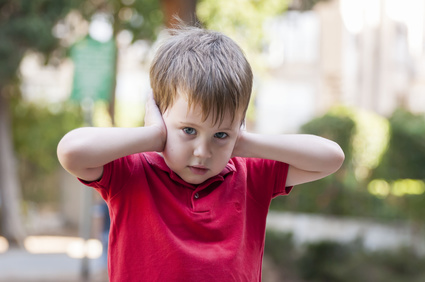Ten Things Not To Do When a Child is Frustrated or Having a Tantrum
Every child seems to have their own signature move when it comes to lashing out in frustration including screaming, kicking, yelling, throwing, stomping, name calling, to self attack. Knowing how to lead a child through their emotional storms can feel challenging.
Frustration is an emotion that is hard wired into the brain at birth. It is the emotion that fuels us to change what doesn’t work and sometimes, we will have to be the one that changes too. Frustration is a powerful force that lies dormant, ready to be activated when needed.
The good news is children should naturally develop more self control when frustrated between 5 to 7 years of age (7 to 9 for more sensitive kids), if brain development is unfolding well. They will begin to be able to make choices as to what to do when they are frustrated rather than acting impulsively on their emotions.
 Part of the challenge is that untempered frustration can turn to aggression and be harmful to the self or to others. Diligent adults want to teach and show a child the right way to respond but in the process, can make matters worse by doing one of the following ten things. Not only can these increase frustration, they can prevent a child from developing a sense of impulse control around this powerful emotion.
Part of the challenge is that untempered frustration can turn to aggression and be harmful to the self or to others. Diligent adults want to teach and show a child the right way to respond but in the process, can make matters worse by doing one of the following ten things. Not only can these increase frustration, they can prevent a child from developing a sense of impulse control around this powerful emotion.
- Don’t increase a child’s frustration by threatening them or using punishment – When kids are frustrated they are emotionally stirred up. The use of consequences, threats, or time-outs adds to their frustration thereby increasingly the likelihood of further eruptions of attacking behaviour. While we can’t let a child simply attack or hurt others, we can convey what isn’t working by simply stating the obvious, e.g., arms are not for hitting, and find a way to allow for eruption without repercussion to others. While we are firm on our limits and restrictions, we need to deescalate the situation rather than increase frustration and aggression.
The problem is some adults believe this type of approach rewards a child or ‘lets them get away with it.’ This view stems from a behavioural approach and ignores the role of emotion in behaviour. Conversely, from a developmental and relational perspective, one of the most important tasks an adult has is to help a child with developing self control and being able to use civilized forms of expression to communicate their feelings. When we increase a child’s frustration we become an adversary and lose our relationship in the process, the very thing that we need to help them become more mature. - Don’t convey you don’t know what to do with the child – When a child is frustrated and an adult tells them, “I don’t know what to do with you,” or “you are too much for me,” it reveals they feel impotent in the face of their child’s big emotions. Not only can it fuel greater frustration, it can also lead to insecurity in the relationship.
- Don’t convey there is a problem with the feeling of frustration – Frustration is a powerful emotion that is meant to fuel change or the process of being transformed by what cannot be changed. For example, a child learns they can handle not getting another cookie, losing a game, to getting a bad mark from their teacher. When we convey to a child that they need to stop feeling frustrated we will thwart their understanding of this emotional reservoir that helps them change things. The problem with frustration is not the ‘feeling itself’ but in not being able to control it and unleashing it on others. Frustration that is channeled in a civilized way, will be the driving force for change when needed. We don’t want out children to stop feeling frustrated – we want them to steer through it in a mature fashion.
- Don’t fail to lead a child through their frustration – While frustration needs to come out, adults still need to be responsible for keeping others safe, including the child. They should consider the environment they are in and whether they need to move a child to a place that is better suited for their emotional upset. We may need to consider whether we need to leave a public place or to hold onto the toys they are throwing at others, while also conveying we will take care of them. Adults need to lead and not ignore a child who is frustrated in the hopes that they will just work it out.
- Don’t use logic to solve a child’s emotional problem – When a child is frustrated they are having a powerful emotional response but this doesn’t stop adults from trying to use ‘logic’ to solve it. We may ask them ‘why are you upset’ or remind them that we have ‘told them 100 times’ as if a rational approach is the answer. We don’t need to talk our children out of their upset; rather, we need to lead them to their sadness and disappointment about the things that cannot change. When we focus on the head and reason, we usually lose their heart in the process, and with this the rest that only their tears can deliver.
- Don’t punish them after the frustration and tantrum – As if frustration wasn’t bad enough, the idea of going back around and punishing a child after a tantrum is part of the behavioural approach as well. There is an underlying belief with this method that punishment is what grows a child up. What kids need after the fact is to understand what they were feeling, why they acted a certain way, that you are there to help them, and to offer direction on what they could do differently. When you have a child’s heart they are inclined to follow your lead. If you lose the lead in the relationship by focusing on punishment, you are rendered an adversary. When punishment aims to control a child’s actions, you end up losing the capacity to influence them doing something different the next time around.
- Don’t identify the child with their attacking behaviour – When a child is lashing out in frustration, adults can be quick to say things like, “good girls don’t hit,” or “why are you so mean?” This type of language is shaming and suggests that there is something inherently wrong with the child. A shift in direction can depersonalize their attack by saying things like, “your legs want to stomp because you are frustrated,” and “you have screams because you are upset.” Not only does it help the child see you as someone who will help them, it also allows them to connect frustration with their bodily reactions. When they are able to connect the dots this way, they will be better able to feel their frustration rising before it moves into action.
- Don’t tell a child to cry or NOT to cry –While tears are usually the best remedy to foul frustration, we cannot force or command a child to cry. While we can convey we understand they are sad about what cannot change, our role is simply to pave the way for disappointment to occur naturally. At the same time, telling a child they should NOT cry only increases their frustration and the chance that it will turn into aggression. The idea that tears are not allowed conveys to a child that vulnerable feelings are not tolerated or supported. This is a dangerous message in the face of frustration, and one that can contribute to aggression problems.
- Don’t tell them about your frustration in order to teach them about their own – The idea that we have to share our frustration with kids in order for them to understand their own misses the mark. When we make them focus on our feelings, their attention is no longer on their own. While we may think our emotions provide a ‘teachable moment’ to a child, it can also serve to confuse and alarm them. The goal is to help support a child understanding their emotions so when we add ours into the mix it can be overwhelming. This isn’t to suggest that we can’t talk about having frustration but the idea that we share our problems with our kids can turn them into our caretakers and reverse our roles.
- Don’t tell a child to ‘cut it out’ or ‘stop being frustrated’ – Perhaps the hardest of all to realize about emotion is that it needs some room for expression. For the toddler it may be the screams, the preschooler the stomps, the kindergarten the words, or for the teen, the eye rolling. We all get frustrated and we all still lash out despite knowing better. The answer is not to cut out your frustration (which is impossible), but to find one’s caring in the face of it. When our caring is bigger than our frustration, the attacking forces are neutralized and we will find a more tempered response. It is the absence of caring that makes frustration more difficult and wounding. Kids under the age of 5 to 7 (7 to 9 years for sensitive kids) can’t experience caring and frustration at the same time so we will need to have to wait for brain development to deliver more impulse control. Until then, it will be our impulse control that helps lead kids through the emotional storms.
 While there are many things that do not work and create more problems when our kids are frustrated, there are a number of things that will help. We need to give some space and room for emotional expression and to help them find words to match their internal feelings. While we can’t control an out of control child, we can change the circumstances we are in – such as leave restaurants or the dinner table. Walking a child to their tears is an important part of managing frustration. More information can be found in the article, You can’t always get what you want – The Role of Tears in Cultivating Resiliency.
While there are many things that do not work and create more problems when our kids are frustrated, there are a number of things that will help. We need to give some space and room for emotional expression and to help them find words to match their internal feelings. While we can’t control an out of control child, we can change the circumstances we are in – such as leave restaurants or the dinner table. Walking a child to their tears is an important part of managing frustration. More information can be found in the article, You can’t always get what you want – The Role of Tears in Cultivating Resiliency.
When a child is full of attacking energy, we often lose our intuition as to the frustration that is driving it. With insight and awareness, we can ‘dance’ with our kids when they are frustrated and convey to them that we are there to help with these big feelings too.
Dr. Deborah MacNamara is on Faculty at the Neufeld Institute, the author of the best-selling book, Rest, Play, Grow: Making Sense of Preschoolers (or anyone who acts like one), and is the Director of the Kid’s Best, Bet Counselling and Family Resource Centre.





